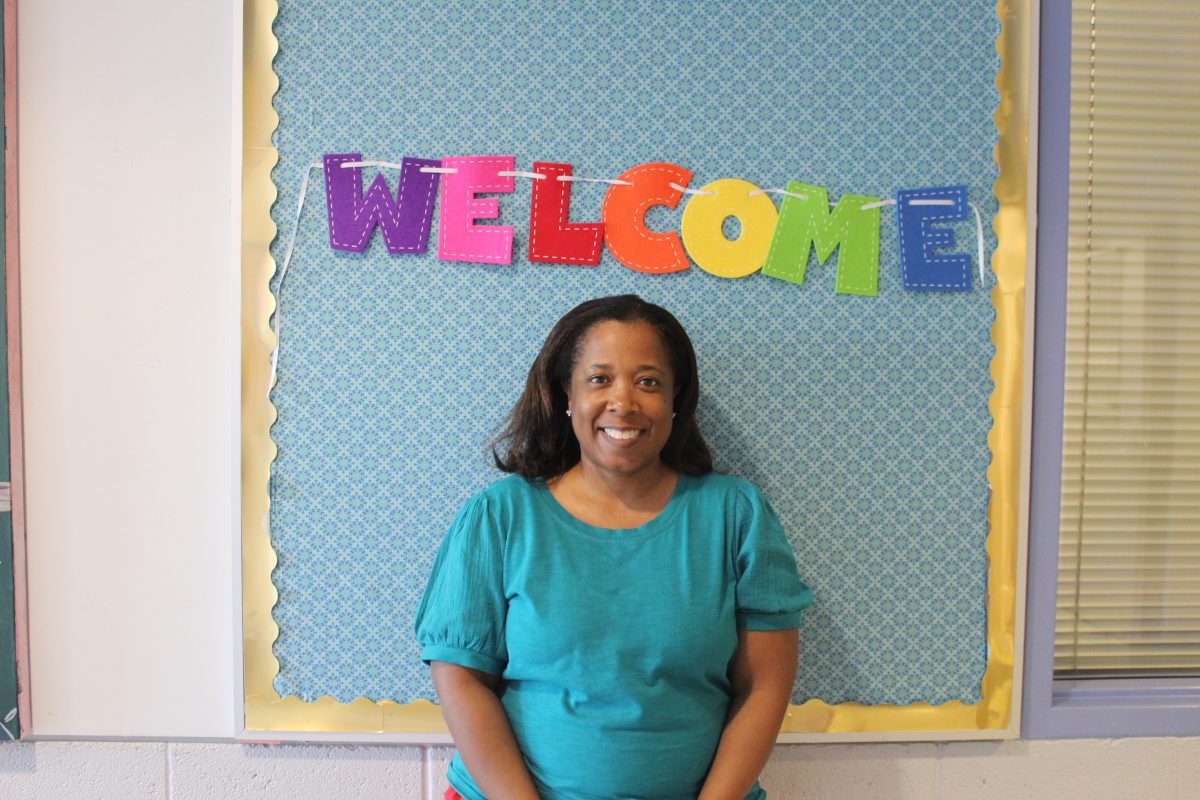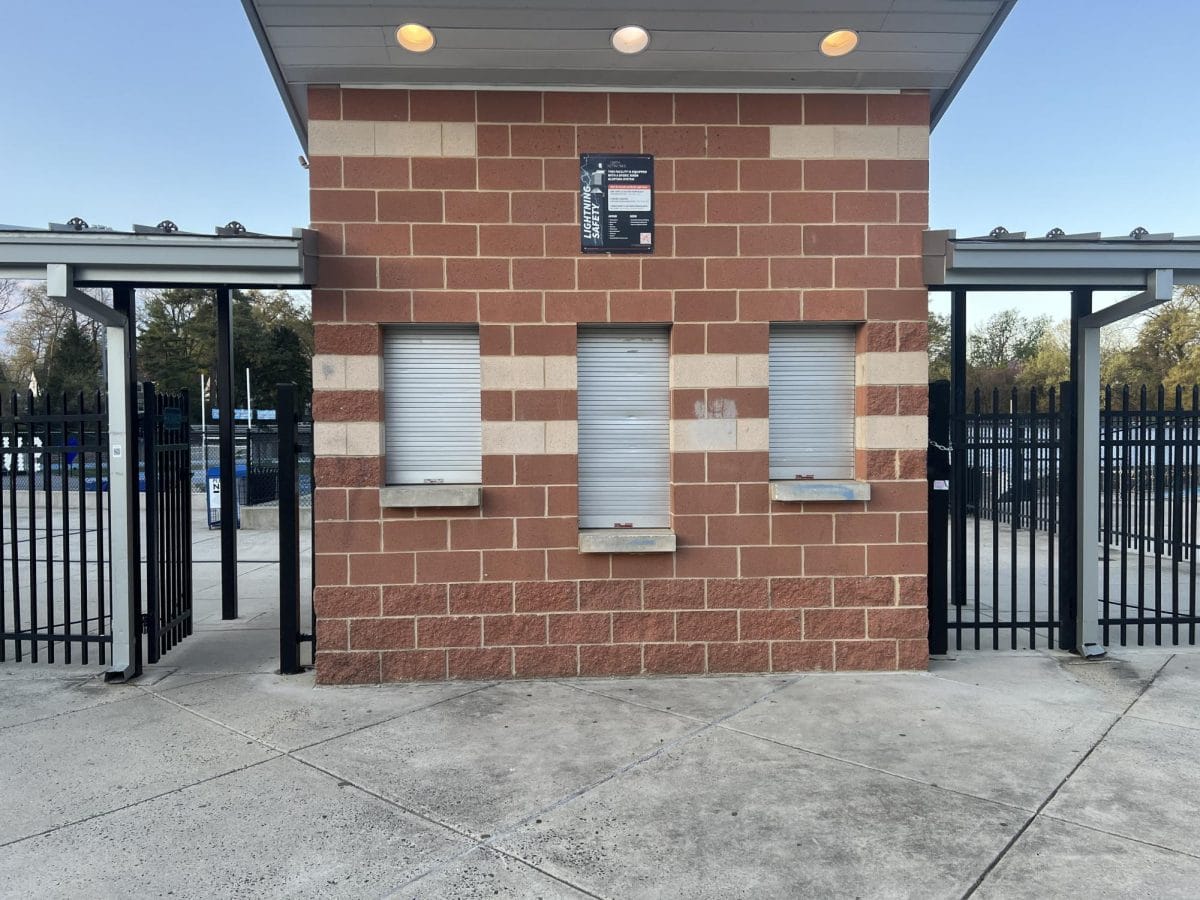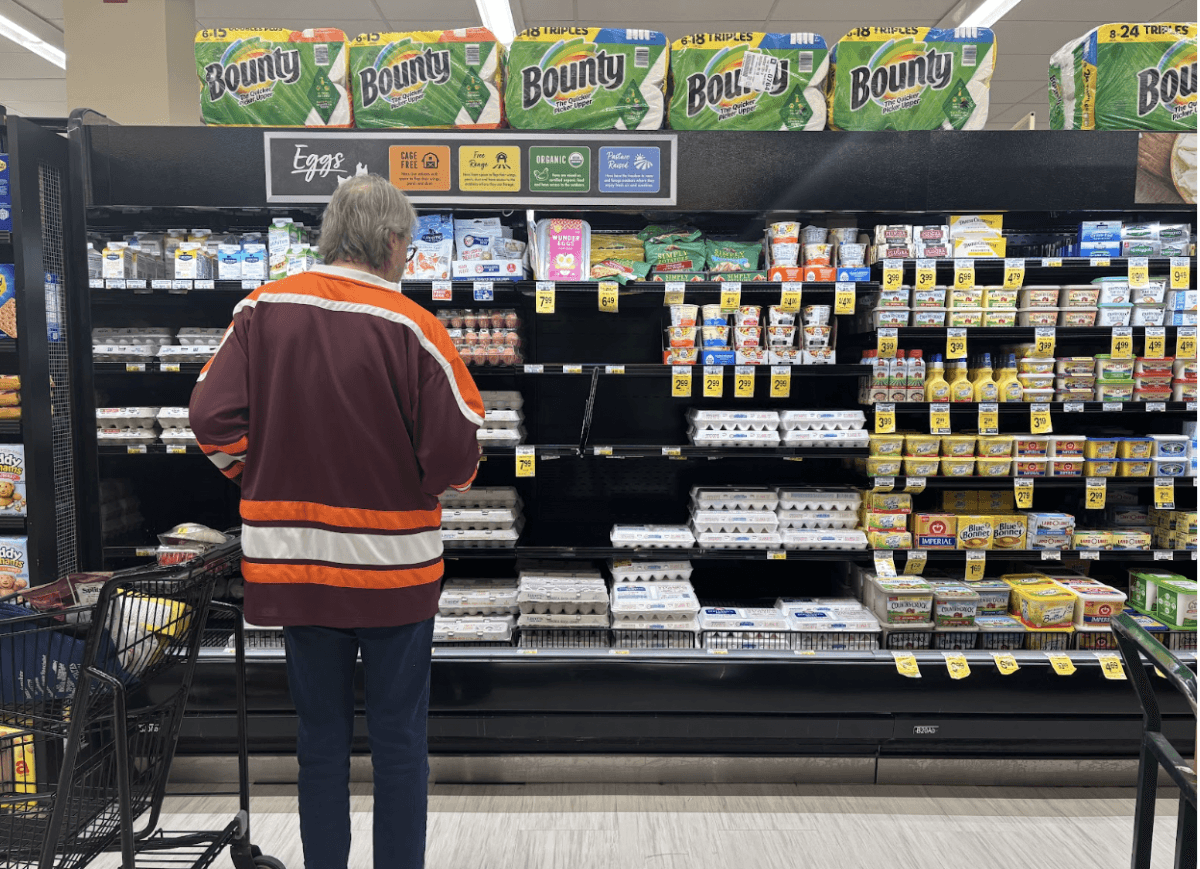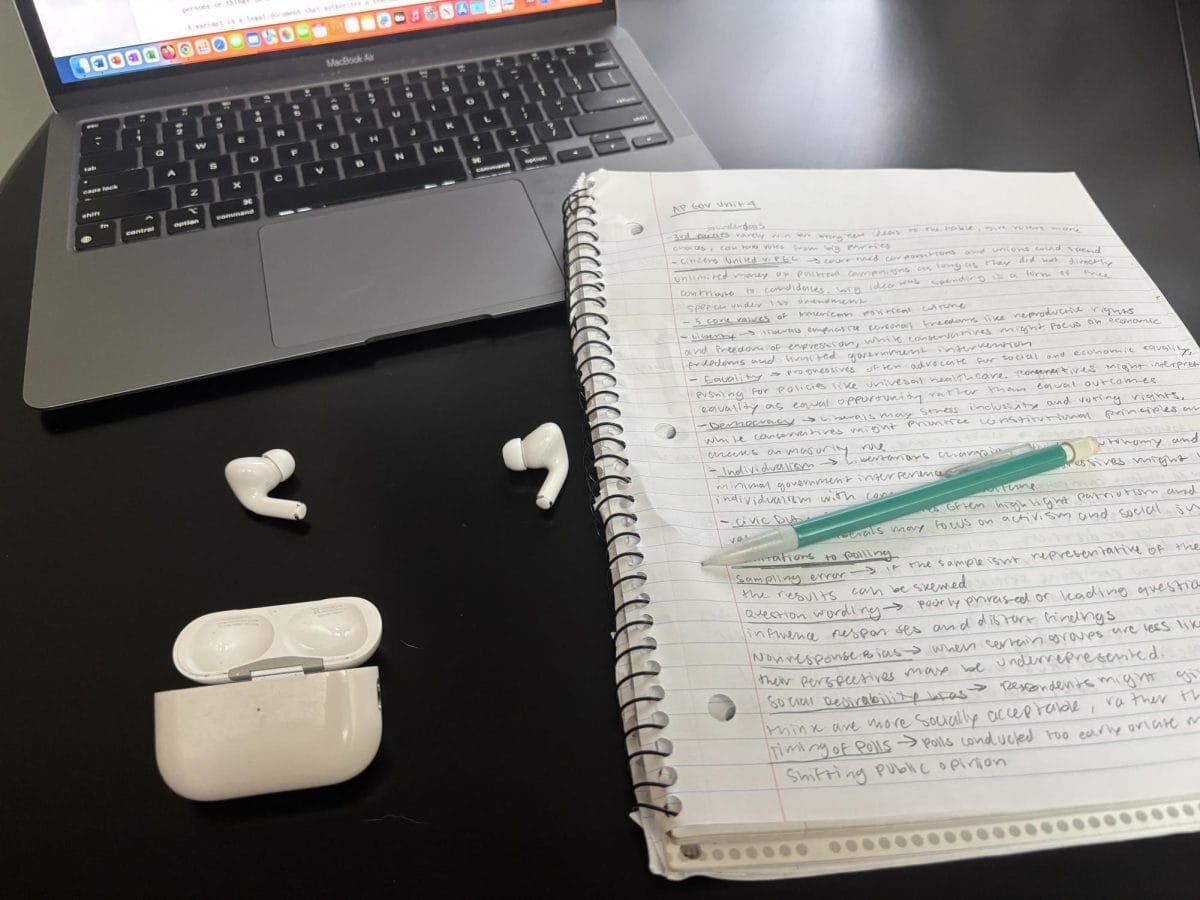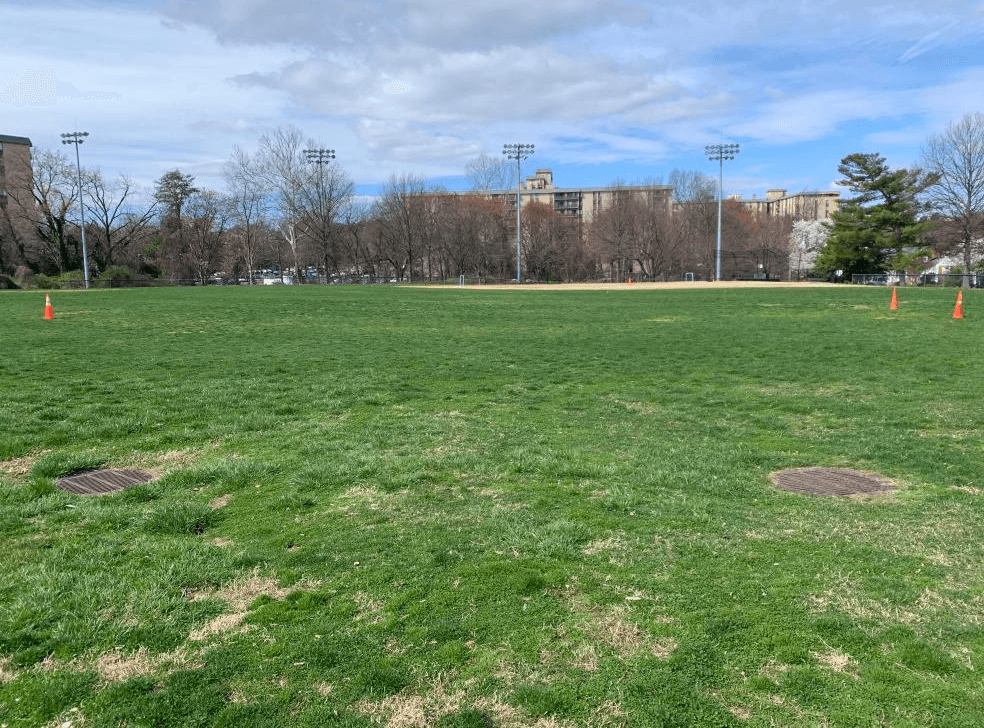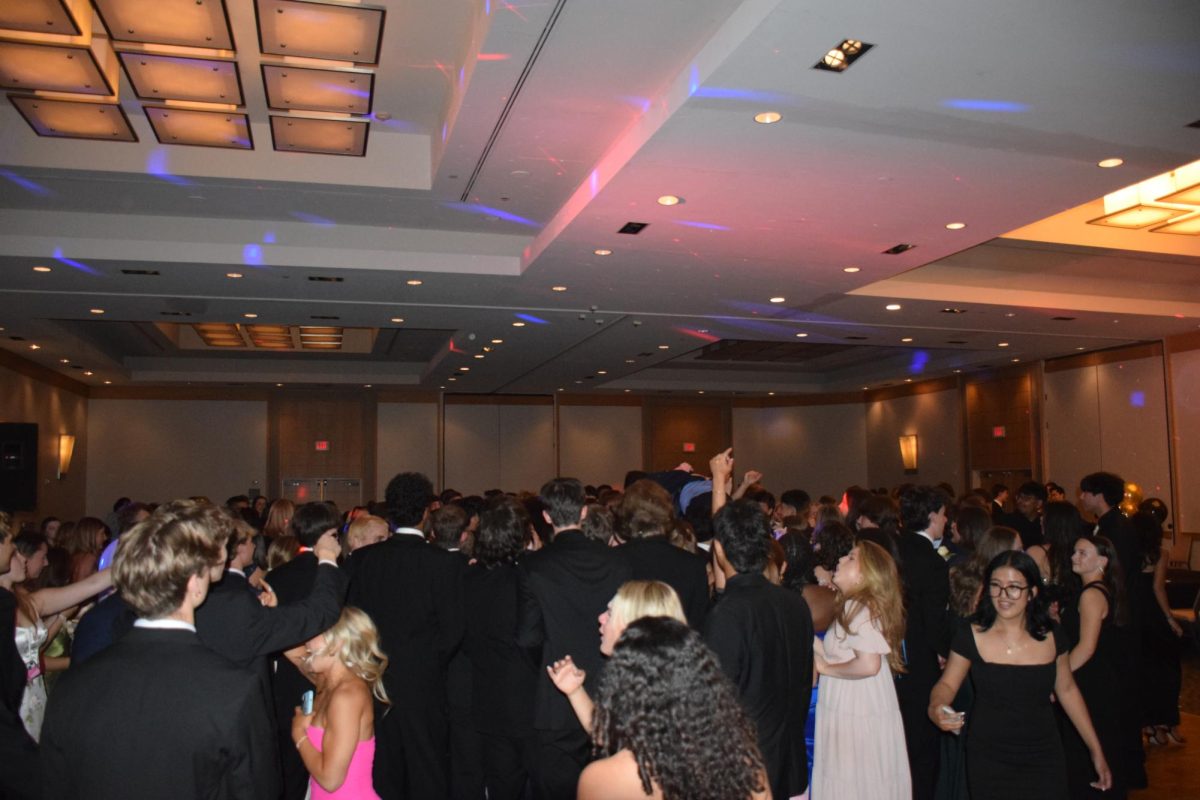Ever since virtual learning during the COVID-19 pandemic, it seems like tables have disappeared from our school in favor of individual desks. Many teachers have positioned all of the desks facing forward, while some have formed small tables. Although tables and desks aren’t the focus of students during class, the minor difference may be more significant than we thought.
According to a survey conducted on a group of 40 Arlington Public School seniors, about 70% say they prefer sitting at tables as opposed to desks.
“I like tables because you get to work together with other people, and you get more work done when you collaborate,” senior Cole Ransom said.
Many other students feel that way as well; the dislike for individual desks is apparent.
“Being at a desk all day and being stationary without any people to talk to makes me sad and lonely,” senior Jacob Kirshner said.
Teachers recognize the importance of collaborative work but also experience some difficulty with focus.
“Using tables helps prepare students in the work world so that you are working as a group and cooperative work, I think, is superior to individual work….The disadvantage is there is more cross talk, and it’s difficult to keep people focused, but I think the tradeoff is worth it,” history teacher Kevin Bridwell said.
Distraction isn’t the only complication with tables. Individual desks give students their own space to work, which is especially important during tests and quizzes. Sitting at tables may make cheating on tests tempting for students, but teachers have measures to counteract that.
“I have dividers that we set up through a test day. Is it perfect? It’s not, but it at least sends the message that it’s something I care about, and I think that that helps in and of itself counteract cheating,” history teacher Diane Holland said.
A paper divider during tests seems like a fair trade for the opportunity to learn how to collaborate in a work environment.
In terms of which courses use tables, the survey referenced earlier showed that 70% of history classes use tables, while only 15% of those polled have had tables in their English class. So, there isn’t any correlation between tables and humanities courses.
Around 32% of students have tables in their foreign language classes, and for STEM classes, 45% have tables for math and 55% have tables for science—not including lab tables, which the majority of high school science classes use.
So, if there is no correlation between tables in STEM vs humanities classes, what is the divide? In subjects such as sciences and history, where teamwork in labs and conversation in debates are important, teachers seem to lean towards tables. Classes that focus more on individual work, like English and math, benefit from individual desks.
The question then becomes about whether teachers base their decision on what they think benefits the effectiveness of their teaching or the individual students. If 70% of students prefer tables, why don’t more classrooms use tables?
“In Physics and [history] we used tables, and it was way better because you got to talk to other people. Other classes got boring when you were sitting by yourself,” Ransom said.
At the end of the day, it is up to the teacher to decide which set up they prefer, but it is important to keep in mind that one decision does not fit the preference of all students. If students think a change would benefit their class, they should have a conversation with their teacher. This issue might be more significant than it seems.















